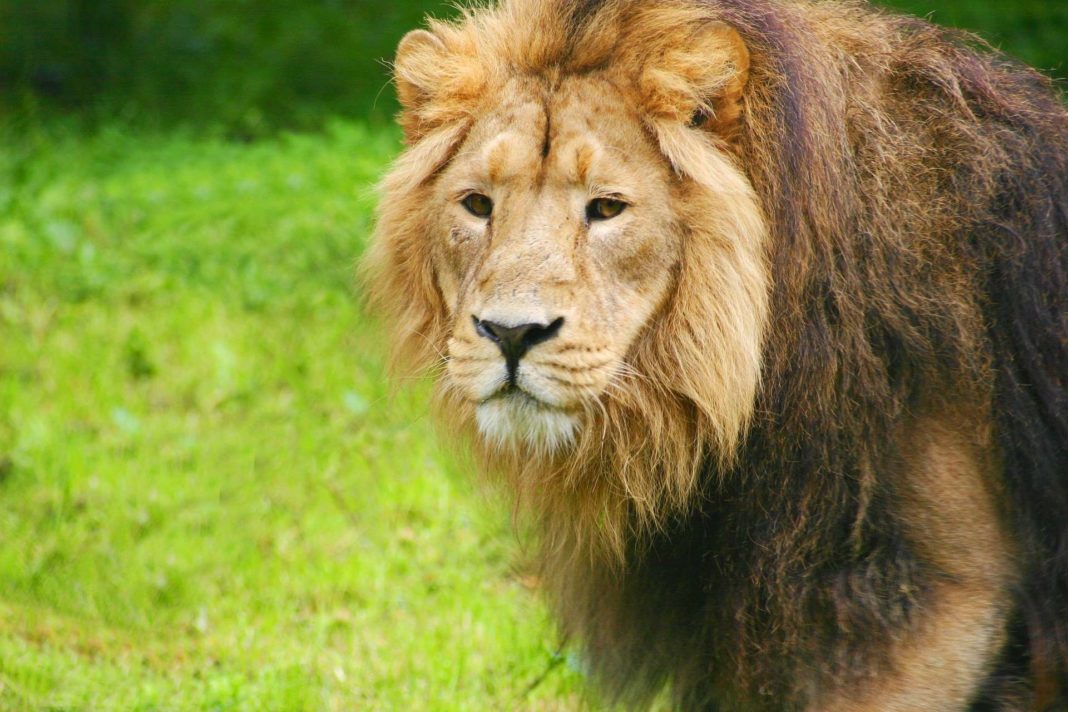1. Henry Doorly Zoo – World’s Largest Indoor Desert
The Henry Doorly Zoo in Omaha is Nebraska’s top-paid attendance attraction, with approximately 17,000 animals representing 962 species. It covers an area of over 130 acres (53 ha). While there are larger zoos in terms of land area or species count, none rank higher than the Henry Doorly Zoo when these two metrics are combined. As a result, it is listed here as the world’s largest zoo. Additionally, it houses North America’s largest cat complex, the world’s largest indoor swamp, the world’s largest indoor desert, and the world’s largest glazed geodesic dome.
2. Berlin Zoological Garden – Oldest Zoo in Germany
The Berlin Zoological Garden (Zoologischer Garten Berlin) opened in 1844 and is Germany’s oldest and most well-known zoo. It is located in Berlin’s Tiergarten and spans 84 acres (34 ha). With over 1,500 distinct species and approximately 17,000 animals, the zoo boasts the world’s largest collection of species. The zoo’s most famous residents include Bao Bao the Giant Panda and Knut the polar bear (Knut died unexpectedly in March 2011).
3. Beijing Zoo
The Beijing Zoo, established in 1906 during the late Qing Dynasty, houses one of China’s largest animal collections. The zoo is home to more than 14,500 animals from more than 450 land animal species and more than 500 marine animal species. The zoo is situated on a 219-acre property (89 ha). The Beijing Zoo is arguably best recognized for its collection of unique Chinese species, particularly the park’s most famous feature, the Giant Pandas.
4. Bronx Zoo – One of The Oldest Metropolitan Zoos
The Bronx Zoo in New York City was founded in 1899 and is the largest metropolitan zoo in the United States, with 265 acres (107 hectares) of parkland and naturalistic habitats. The zoo is home to about 4,000 animals representing 650 species, many of them endangered. At the Bronx Zoo, some exhibits, such as World of Birds and World of Reptiles, are organized according to taxonomic classification, while others, such as African Plains and Wild Asia, are organized geographically.
5. Toronto Zoo – Canada’s Largest Zoo
The Toronto Zoo is Canada’s largest zoo, covering 710 acres (287 hectares). Currently, the zoo is home to about 16,000 animals representing 491 species. The creatures are classified geographically into seven continents: Indo-Malaya, Africa, the Americas, the Tundra Trek, Australasia, Eurasia, and the Canadian Domain.
6. San Diego Zoo – Giant Panda can be seen here
One of the most famous zoos in the world, the San Diego Zoo has more than 4,000 animals of 800 different species. The City of San Diego leases the park’s 100 acres (40 hectares). Southern California’s sunny coastal environment is ideal for a variety of species, and almost all of the San Diego Zoo’s major exhibits are open-air. The San Diego Zoo is also a leader in conservation and preservation initiatives, breeding numerous species in captivity for eventual release into their native habitats.
7. Moscow Zoo – Oldest European Zoo
Moscow Zoo, Russian Moskovsky Zoo-park, is Russia’s largest zoo, having an exceptional collection of northern animals and a variety of exotic species. The zoo was founded in 1864 by a public institution and eventually became privately owned. It was recognized Soviet Russia’s property in 1919 and incorporated into the Moscow City Soviet in 1923. (council). It covers a total of 20 hectares (49 acres) and features both tiny, unfenced enclosures and huge paddocks for herds. The Moscow Zoo stayed open during World War II, despite the destruction of much of the park. The zoo is home to almost 3,000 specimens representing 550 species.
8. Columbus Zoo and Aquarium
The Columbus Zoo and Aquarium is a not-for-profit organization located in the suburbs of Columbus, Ohio. The Columbus Zoo is home to nearly 5,000 animals representing more than 700 species, organized geographically. In 2004, the zoo began work on expanding the 82-acre (37-hectare) zoo over the next decade. The 120-acre expansion will have both a frigid habitat and an African savanna.
9. National Zoological Gardens Of Africa
South Africa is famous for its diverse animals, and this world-renowned zoo is located here. The national zoo of South Africa is located in a natural habitat on approximately 210 acres in Pretoria, South Africa. Its peculiarity stems from the meticulous planning that went into the zoo’s structure. One section is mostly level, while the other is slightly steep, and these two sections are split by the Apies River, which runs through the zoo! Here, you may observe South Africa’s diverse animals. It gets even more interesting when you consider the zoo’s diverse collection of species and its overall animal population of roughly 9,000. This is one of the world’s most beloved zoos.
10. London Zoo – World’s Oldest Scientific Zoo
London Zoo is not only one of the world’s largest zoos; it is also the world’s oldest scientific zoo, founded in 1828 for the exclusive purpose of scientific research. This zoo is also making strides in conservation efforts, as a recent campaign called ‘Tiger SOS’ was launched here to generate cash to conserve the Sumatran Tiger. This animal sanctuary, which opened to the public in 1847, has 16,000 creatures on approximately 36 acres of ground. This is one of the world’s largest zoos!










